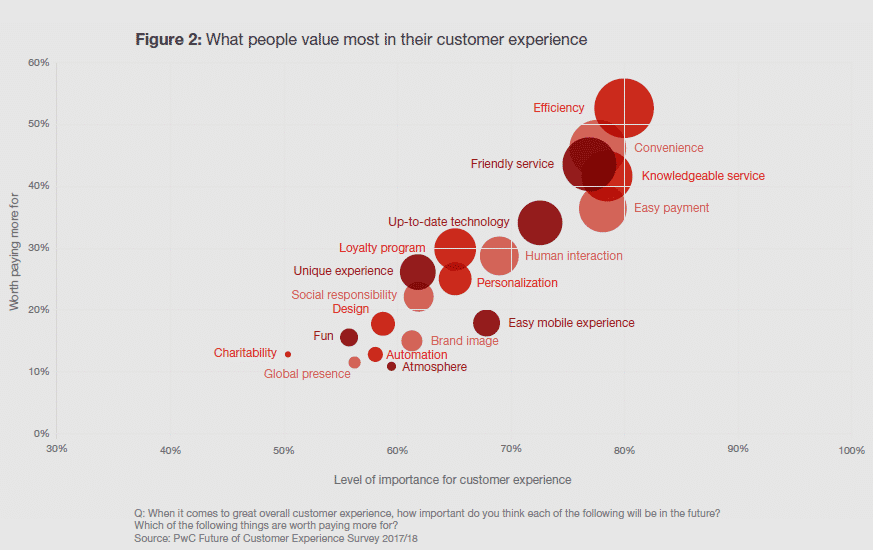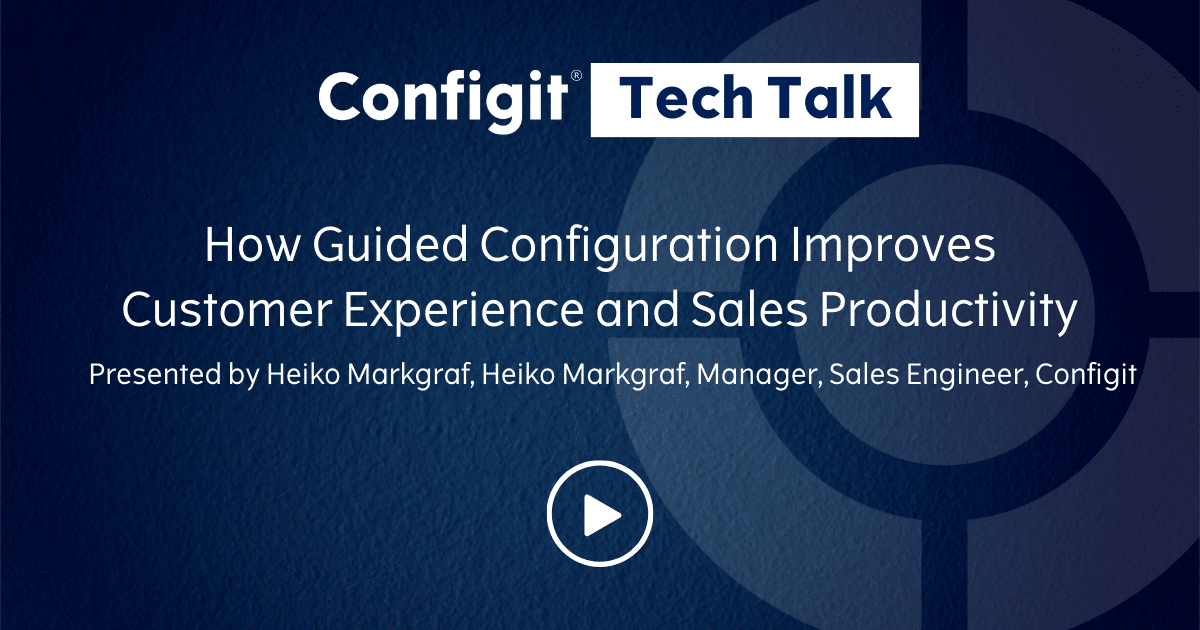Providing a strong, effective customer experience has long been thought to apply only to B2C companies. Retail, online banking, travel services and real estate sites are just a few examples of the traditional business-to-consumer companies that were previously only thought of as needing to focus on customer experience.
Over the past two decades, B2B customers have become increasingly more demanding. Their experiences shaped by the B2C giants, they are accustomed to sleek interfaces, instantaneous feedback and increased customization. Add to this the proliferation of social networks, online reviews and consumer e-commerce sites, B2B companies must pay closer attention to the customer experience they are providing.
In our line of business, we deal with multi-national manufacturers producing complex products. By their nature, these products come at a high price, and the purchasing decision often involves several stakeholders from multiple functional areas, often with competing concerns. This makes for a complex, nuanced customer experience. And one that you won’t have many chances to get right.
Consumers today expect instant results. Convenient, seamless transactions are the baseline expectations. One in three consumers [1] (32%) say they will walk away from a brand they love after just one bad experience. This figure is even higher in Latin America, at 49%.


